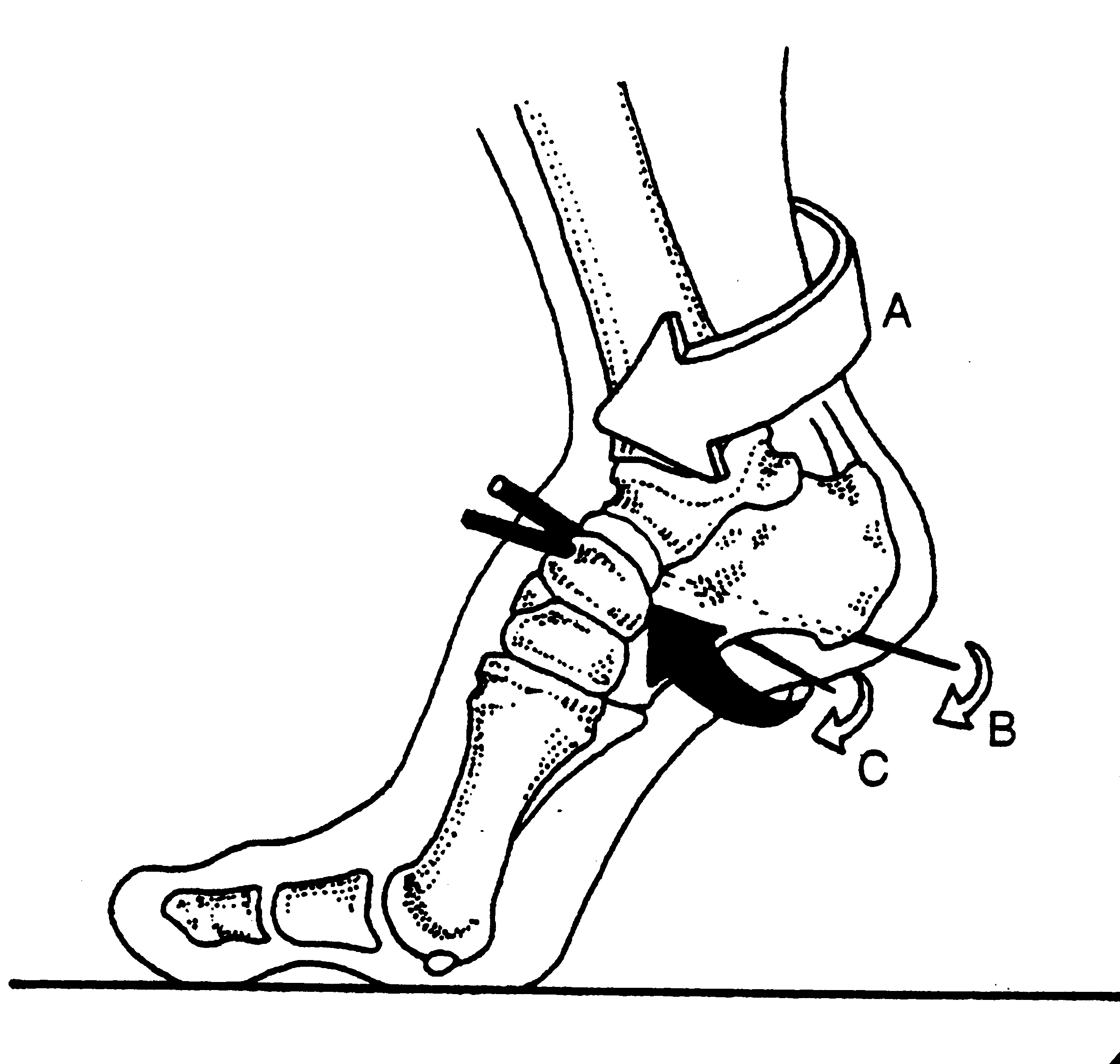Supination, anyone?
/Pronation gets all the press; but what about its counterpart, supination? There could not be one without the other. If anything, supination is at least as, if not more important to create propulsion.
Pronation is dorsiflexion, eversion and abduction of the foot. It provides shock absorption. Supination is plantar flexion, inversion and adduction. It helps the foot become a rigid lever so we can GO (Like in Theo Selig’s “Go Dig Go” ).
Locking of the lateral column of the foot (4th and 5th metatarsal, cuboid and calcaneus) is a necessary prerequisite for normal force transmission through the foot and ultimately placing weight on the head of the 1st metatarsal for proper (high gear) toe off . Locking of the lateral column minimizes muscular strain as the musculature (soleus, peroneus longus and brevis, EHL, EDL, FDL and FHL) is usually not strong enough to perform the job on its own.
This process is initiated by the opposite leg going into swing phase, which initiates dorsiflexion, inversion and abduction of the talus
The peroneus longus tendon aids this process by wrapping around the cuboid (the brevis attaches to the base of the 1st metatarsal) on its way to insert onto the base of the 1st metatarsal. When the peoneus longus contracts, it dorsiflexes and everts the cuboid, which, along with the soleus (which plantar flexes and inverts the subtalar joint) allows dorsiflexion of 4th and 5th metatarsals and “locks” the lateral column. Without this mechanism, there is no locking. Without locking, there is no supination. Without supination, there is little rigidity and inefficient propulsion.
The calcaneo cuboid locking mechanism. Another cool thing you learned about gait today from The Gait Guys.




















